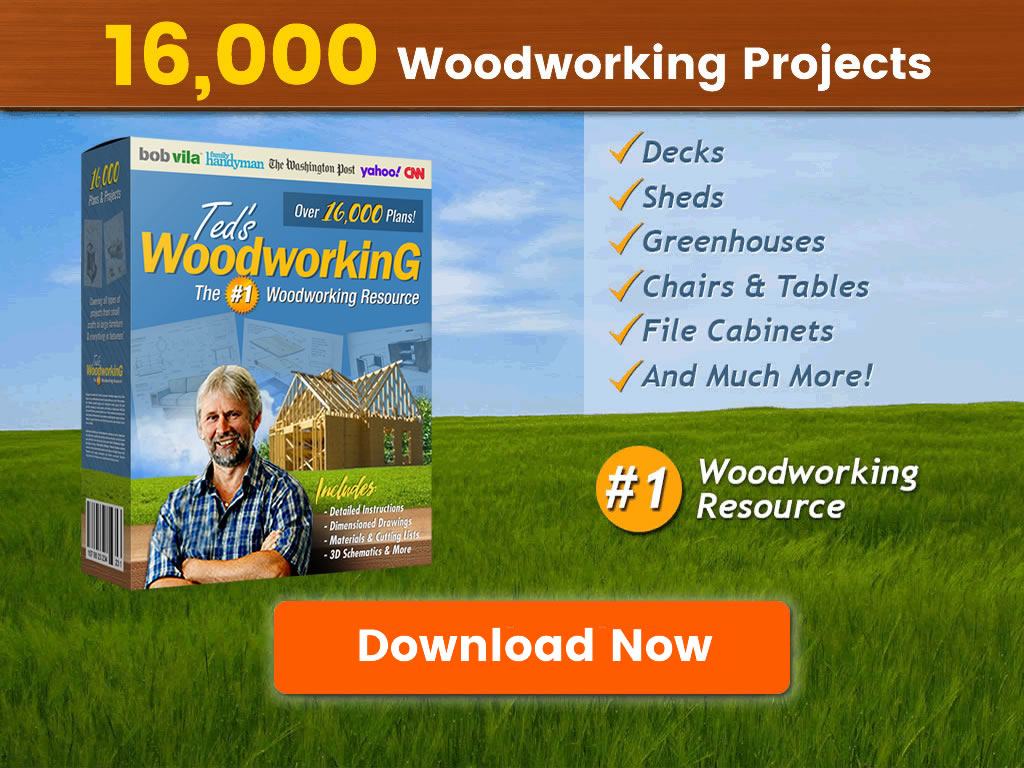Composting is a highly beneficial practice that helps to recycle organic waste, enhance soil quality, and reduce landfill contributions. If you're eager to start composting but unsure how, building your own compost bin at home is a practical and affordable option. Whether you have a small backyard or a larger garden, a compost bin allows you to convert food scraps, yard waste, and other organic materials into rich, healthy compost for your plants.
In this guide, we will walk you through the process of constructing your own compost bin, from selecting materials to assembling the structure. Additionally, we’ll offer tips on how to manage the compost to ensure it remains effective and healthy throughout the year.
The Importance of Composting
Before we dive into the process of building a compost bin, it’s worth understanding why composting is such a valuable practice:
-
Waste Reduction: Composting reduces the amount of organic waste in landfills and incinerators. Around 30% of the waste people throw away can be composted, including food scraps, grass clippings, and yard waste.
-
Soil Enhancement: The compost you produce will enrich your soil with essential nutrients like nitrogen, phosphorus, and potassium. This can improve soil structure, increase its ability to retain moisture, and support healthier plant growth.
-
Environmental Benefits: When organic materials decompose in landfills, they release methane, a potent greenhouse gas. Composting at home helps reduce these emissions, playing a small but important role in combating climate change.
-
Cost Savings: By composting your waste, you can reduce the need for store-bought fertilizers and soil amendments. Homemade compost is free and offers an excellent way to nourish your garden.
Selecting the Ideal Location for Your Compost Bin
Choosing the right location for your compost bin is crucial for its efficiency. Here are some things to consider when deciding where to place it:
-
Well-Drained Area: Avoid low spots where water collects. Too much moisture can create a soggy compost pile, which slows down decomposition. A spot that drains well is key to maintaining the right balance of moisture.
-
Exposure to Sunlight: A partially sunny spot is ideal. While composting can happen in the shade, a bit of sunlight speeds up the decomposition process by warming the pile. However, avoid full exposure to the sun, which could dry out the pile too quickly.
-
Convenience: Make sure the location is accessible for adding compostable materials and turning the pile. Composting is most effective when you maintain it regularly.
-
Good Air Circulation: Airflow is important for composting because it helps microbes break down the organic material. A location with natural air circulation will encourage aerobic decomposition.
Materials Needed to Build a Compost Bin
Once you’ve chosen a location, the next step is gathering materials. There are various ways to construct a compost bin, but here’s a list of materials commonly used:
-
Wooden Pallets: Wooden pallets are a popular option for DIY compost bins. They're affordable, durable, and easy to work with. You can often find used pallets for free from businesses or online marketplaces.
-
Wire Mesh: If you prefer a more open design, wire mesh or chicken wire is a good option. It allows air to circulate while keeping the compost contained.
-
Wooden Slats: For a more secure compost bin, you can use wooden slats to create a solid frame. This is a great option if you're looking for a more aesthetically pleasing bin that blends into the garden.
-
Cinder Blocks: Cinder blocks can create a strong, sturdy compost bin. These work well for forming a square or rectangular structure.
-
Plastic or Rubber Bins: For those who don’t have much outdoor space or want a small-scale solution, plastic bins can be used. They can work well for smaller quantities of compost, such as for apartment dwellers.
-
Fasteners: Depending on your chosen materials, you may need screws, nails, or zip ties to secure the compost bin’s structure.
-
Tools: Basic tools like a hammer, screwdriver, saw, or drill will help you assemble your bin.
Step-by-Step Guide to Building a Compost Bin
Now that you have your materials, it’s time to begin constructing your compost bin. Here’s how to do it:
Step 1: Choose Your Design
First, decide which type of compost bin you want to build. There are several options to consider:
-
Single Bin: This is the simplest design, where all compostable materials are placed in a single bin. It's easy to manage for smaller quantities but requires more effort in turning the pile.
-
Three-Bin System: For a more advanced composting process, a three-bin system allows you to rotate the compost. As one bin fills, you move the compost to the next, ensuring faster decomposition.
-
Tumbler Bin: A compost tumbler is a rotating container that makes it easy to turn the compost. This speeds up the process but requires more space and investment.
Step 2: Build the Frame
Now that you’ve chosen your design, it’s time to construct the bin frame. Here’s how to do it with different materials:
-
Wooden Pallet Bin: Attach the pallets to each other at the corners using nails or screws. This will form a square or rectangular structure. Leave some gaps between the pallets to allow for airflow. If you want more stability, you can add a wooden base at the bottom.
-
Wire Mesh Bin: Cut the wire mesh to the desired size and shape. Use stakes, zip ties, or hog rings to secure the wire mesh together in a circular or rectangular shape.
-
Cinder Block Bin: Stack cinder blocks to form the walls of the compost bin. Make sure to leave gaps between the blocks to allow air to circulate.
Step 3: Add a Lid (Optional)
Although not necessary, a lid can help keep the compost contained and maintain a consistent moisture level. You can build a simple lid with wood or use a plastic tarp to cover the top. This can also help keep pests out.
Step 4: Position the Bin
Once the bin is built, place it in the location you’ve chosen. Ensure it’s level and stable. If you’re using pallets, you might want to place bricks or stones underneath to elevate the bin and allow for better drainage.
Step 5: Start Adding Compostable Materials
Now that your bin is set up, begin adding organic materials. Compost bins work best when you alternate between "green" and "brown" materials.
-
Green Materials: These are nitrogen-rich materials such as vegetable scraps, fruit peels, coffee grounds, and grass clippings.
-
Brown Materials: These are carbon-rich materials like dry leaves, straw, shredded cardboard, and sawdust.
Layer the materials as you add them, making sure the greens and browns are mixed. For larger items, such as cardboard or branches, break them down to speed up decomposition.
Step 6: Maintain the Compost
Maintaining the compost pile is essential to ensure it breaks down properly. Here are some tips for keeping your compost healthy:
-
Turn the Pile: Every few weeks, turn the compost with a pitchfork or compost aerator. This helps to mix the materials and add oxygen, which accelerates the decomposition process.
-
Moisture Control: The compost pile should be kept moist, but not too wet. If it feels dry, add water. If it becomes too wet, add more dry, carbon-rich materials to balance it out.
-
Temperature Management: Healthy compost piles generate heat, which is a sign that microorganisms are breaking down the organic materials. If your pile isn’t heating up, try adding more green materials or turning it to increase airflow.
Conclusion
Creating your own compost bin is an eco-friendly way to recycle organic waste and generate nutrient-rich compost for your garden. By selecting the right materials and carefully maintaining your compost, you’ll be able to reduce waste and create high-quality compost that benefits your plants and soil. Whether you have a large garden or a small yard, building a compost bin is a simple and rewarding project that supports sustainable gardening practices. With a little time and effort, you’ll be on your way to creating healthy, thriving plants and a cleaner environment.


